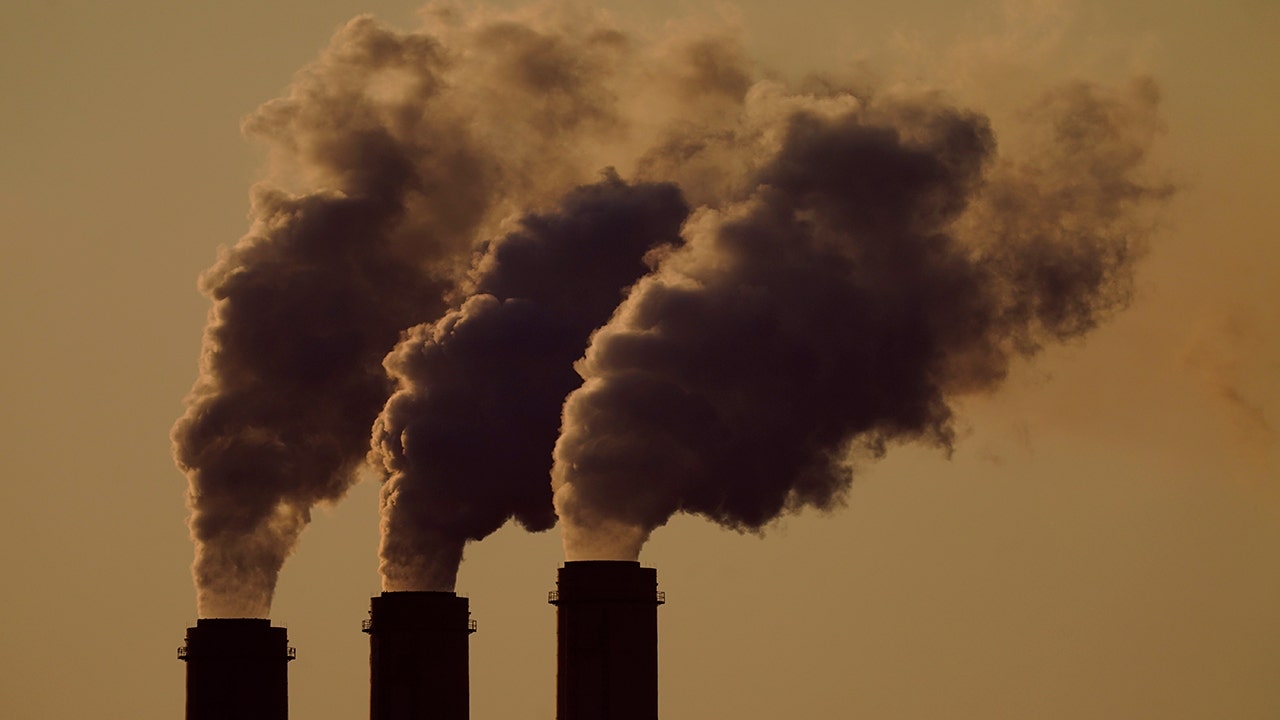The Energy Department announced Friday it is awarding up to $1.2 billion to two projects to directly remove carbon dioxide from the air in what officials are calling the largest investment in “engineered carbon removal” in history.
The process, known as direct air capture, does not yet exist on a meaningful scale and could be a game changer if it did and were economical.
“If we deploy this at scale, this technology can help us make serious headway toward our net zero emissions goals while we are still focused on deploying more clean energy at the same time,” Energy Secretary Jennifer Granholm said in a press conference call.
Project Cypress will be built in Calcasieu Parish, Louisiana. South Texas DAC is planned for Kleberg County, Texas. Each claims it will capture up to one million metric tons of carbon dioxide per year initially. A representative of the Texas project said it will scale up to remove 30 million metric tons per year once fully operational. No date was given.
Officials said the projects will create 5,000 jobs for local workers and people formerly employed in the fossil fuel industry.
BIDEN ENERGY SECRETARY TORCHED AFTER FOX NEWS DIGITAL REVEALS SECRET TALKS WITH TOP CCP OFFICIAL
Louisiana Governor John Bel Edwards, who was also on the conference call, said his state, with its experience in petrochemical manufacturing, density of pipelines and geology, is best suited for projects that tackle carbon.
The announcement shows the big bets the Biden administration is making on technologies that capture carbon dioxide from the air and store it underground to address climate change. It’s this gas more than any other that is heating the planet.
Several scientists agreed with making some investment in direct air capture.
Emissions rise from the smokestacks at the Jeffrey Energy Center coal power plant as the suns sets, near Emmett, Kansas, on Sept. 18, 2021. (AP Photo/Charlie Riedel, File)
Claire Nelson, a postdoctoral research scientist at Columbia University’s Lamont-Doherty Earth Observatory said moving away from fossil fuels and producing the things we need without emissions are the most important ways to address climate change. But the scale of change needed makes direct air capture necessary as another tool. “In order to have direct air capture ready at the scale we need it by 2050, we need to invest in it today,” she said.
Tim Lieuwen, executive director of the Strategic Energy Institute at the Georgia Institute of Technology agreed that the pollution from some kinds of heavy industry will need to be addressed through technologies like direct air capture.
“We need to look at reducing emissions as quickly as practically possible,” said Melissa Lott, director of research for the Center on Global Energy Policy at Columbia University.
BIDEN ADMIN PULLS GRANT FOR ENERGY FIRM WITH CHINESE TIES IN STUNNING REVERSAL
“This means more efficiency, more clean energy, and the use of other technologies including carbon management,” she said.
Shannon Boettcher, professor of chemistry at the University of Oregon, said direct air capture technologies are not yet cost effective, and are worth some investment in research and development.
But some others say the technology for sucking carbon dioxide out of the air is still in its infancy, funding it is misguided, and the focus should be on eliminating emissions.
“This money could be so much better spent on actual climate solutions that would be cutting emissions from the get go,” said Jonathan Foley, executive director of Project Drawdown, a group that publicizes climate solutions. He cited energy efficiency and lowering emissions from agriculture, transportation, electricity generation as better approaches.
CLICK HERE TO GET THE FOX NEWS APP
“What worries me and a lot of other climate scientists is that it potentially creates a fig leaf for the fossil fuel industry … the idea that we can keep burning stuff and remove it later,” Foley added.
It’s still unclear what role direct air capture will play in lowering emissions. Established technologies like solar, wind, and batteries continue to grow fast.


